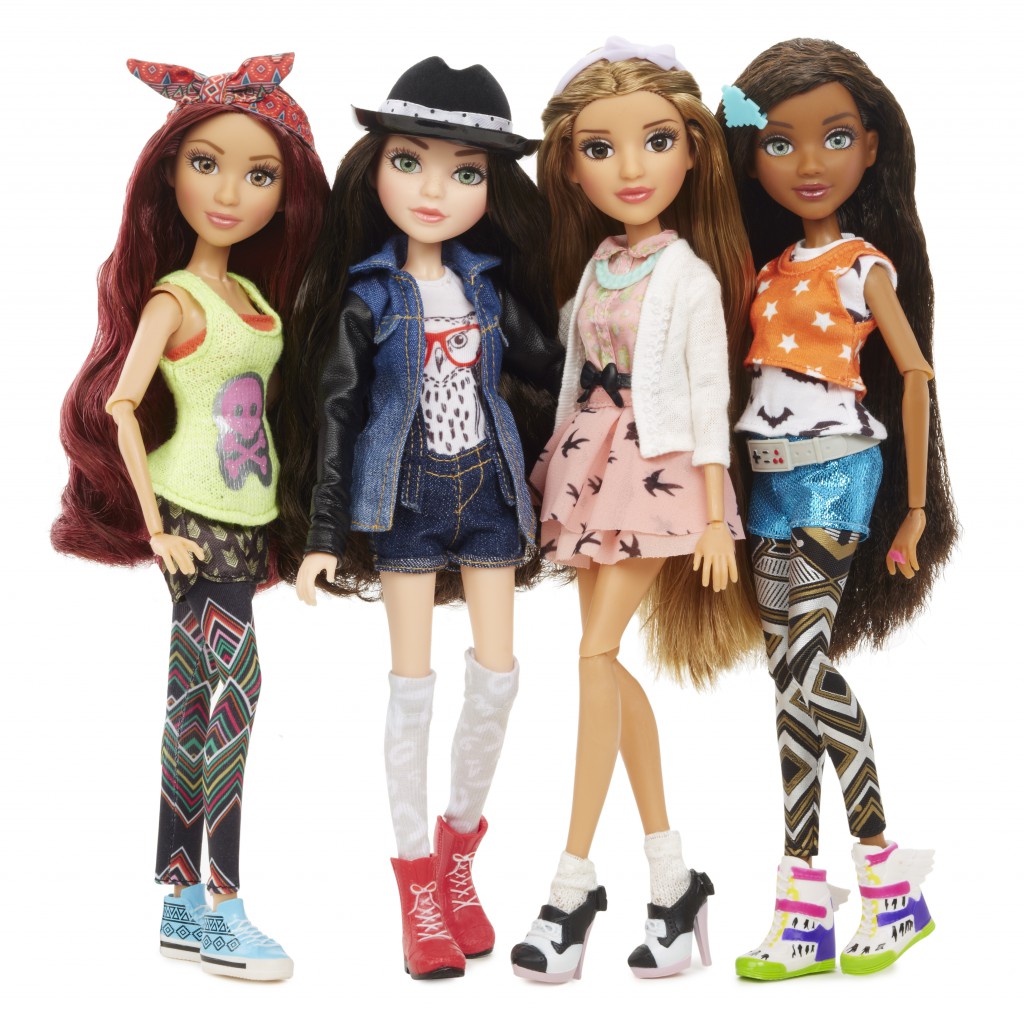Congratulations to the 2020 Nobel Prize Winners!
2020’s winners show us, once again, that Science, like the universe, is ever-expanding and the potential for scientific discovery is unlimited!

Image Source: Wikimedia Commons
Chemistry
Dr. Emmanuelle Charpentier and Dr. Jennifer Doudna: for the development of CRISPR-Cas9, a method for genome editing.

Image Source: Pixabay.com
Dr.
Charpentier and Dr. Doudna are the first team of two women ever to win the
Nobel Prize! In what has been called
“the most deserved Novel Prize of the past 20 years,” Doudna and Charpentier’s
technique of genome editing has made an absolutely massive contribution to
science, with a potential to revolutionize the entire field of the Life
Sciences. The possibility of genome editing has existed since the 1970’s, but
thanks to Charpentier and Doudna, it is now much more precise and effective, easier,
and with a greater applicability to curing genetic disease than ever
before. Using “chemical scissors” known
as Cas9, a DNA-cutting enzyme derived from bacteria, the technique can target
and snip up to a single faulty or unwanted gene, just as you would replace a
single letter in a misspelled word. New
DNA can then be inserted at the snip.
The insertion is repaired via the body’s natural rNA functions, and the
new DNA functions as normal. The
CRISPR-Cas9 technique has only existed for 8 years and has already had an
impact on agriculture and pest control.
Its potential for human medicine is enormous and a CRISPR application
has already cured a human subject of Sickle Cell Anemia. Their discovery has revolutionized the life sciences
and unleashed incredible new potential.
As colleague Fyodor Urnov puts it, “the 21st century will be the age of
CRISPR, thanks to Jennifer and Emmanuelle.”
Why the discovery is so major
How CRISPR-Cas9 works
Jennifer Doudna giving a TED talk about her CRISPR technique
Physics
Dr. Roger Penrose: for
the discovery that black hole formation is a robust prediction of the general
theory of relativity
Dr. Reinhard Genzel and Dr. Andrea
Ghez: for the discovery of a supermassive compact object
at the center of our galaxy

The prize for physics this year is for the proof that there is a supermassive black hole in the center of the Milky Way Galaxy. This discovery is spectacular in itself, but all the more amazing for the fact that it was 60 years in the making! In the 1960’s Oxford physicist Roger Penrose and his colleague Stephen Hawking used the mathematics of Einstein’s theory of relativity to predict that Black Holes inevitably exist and should be found at the center of every galaxy. This impressive theoretical proof of black holes was so comprehensive it also reinforced the overall feasibility of Einstein’s general theory of relativity, first expressed in 1907. In a stunning demonstration of how scientific discoveries are constantly built upon the legacies of those that came before, Penrose first proved the theoretical existence of black holes in the 20th century. When the telescopic technology to measure them finally caught up to Penrose’s ideas, Dr. Genzel and Dr. Ghez were able to observe and conclusively prove that black holes existed in the 21st century! Genzel first and then Ghez, building on the previous work, used high powered telescopes in Chile and Hawai’i to carefully observe the motions of stars over several years. Their careful observations and calculations prove that there is a massive dark object in the milky way with millions of times more mass than the sun, a.k.a., a black hole. Thanks to these three scientists’ generations of work, we now know beyond any doubt that black holes exist, and they are at the center of every galaxy.
An astronomer explains how the discovery was made
A Q&A with the brilliant Roger Penrose
Andrea Ghez giving a TED talk about her search for a black hole
Medicine:
Dr. Harvey J. Alter, Dr. Charles M. Rice, and Dr. Michael Houghton:
for the discovery of the Hepatitis C virus

In a year marked by a global viral pandemic, the fact that the Nobel Prize in Medicine went to a trio of virologists highlights how important scientific research is to public health. The three virologists made a massive contribution to the lives and futures of people all over the world with their discovery of the Hepatitis C virus, which affects 71 million people worldwide and kills 400,000 people a year. Dr. Alter, Dr. Rice, and Dr. Houghton’s discoveries allowed for targeted vaccines, treatments, and now, a total cure. Alter, working from the NIH in America, helped discover the Hepatitis B virus in the 1960’s. But after that discovery, he was confounded by the fact that there was still another unknown disease-causing agent that resulted in hepatitis, especially after blood transfusions. This unknown form of chronic, blood-borne hepatitis debilitated patients for years before it killed them, and represented a serious global health problem, particularly for vulnerable people in need of transfusions and blood-based treatments. In work that demonstrates the highly collaborative nature of science today, the three scientists all provided an essential piece of the solution. Alter was able to demonstrate that what he called Hepatitis C was a virus, Houghton used an untested strategy to isolate the genome of the virus, and Rice provided the evidence that the virus was the cause of Hepatitis C. Thanks to these three scientists, the millions of people worldwide affected by Hepatitis C now have a chance to be free of this terrible disease.
The story of the discovery
The Life and Research of Dr. Harvey Alter
Dr. Nazeem Afdhal giving a TED talk on Hep C and the 25 years of work towards a cure
Check out some of these fun at-home science experiments & give them a try! Who knows, you may just be a Nobel Prize winner one day!















